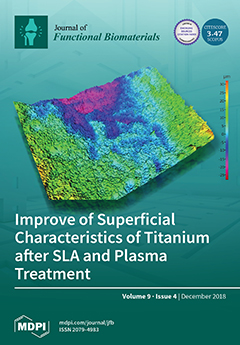Coenzyme Q
10 (CoQ
10) has a central role in the generation of cellular bioenergy and its regulation. The hydrophobicity exhibited by the CoQ
10 molecule leads to reports of poor absorption profiles, therefore, the optimization of formulations and modes of delivery is an ever-evolving therapeutic goal. The aim of this study was to investigate different CoQ
10 formulations. The article summarizes the findings from an Australian comparative study involving adults administered CoQ
10 through different oral delivery platforms. A total of 11 participants (six males and five females) voluntarily participated in a comparative clinical study of three different CoQ
10 formulations across a six-week period, completing 198 person-hours of cumulative contribution equivalent to n = 33 participation. All of the eligible participants (n = 11) administered the three formulations blinded from who the commercial supplier of the formulation was and from what the chemical form of the CoQ
10 was that was being administered. The dosing between the CoQ
10 preparations were dispensed sequentially and were administered following three-week washouts. Three commercial preparations were tested, which included the following: formulations with capsules each containing ubiquinol and ubiquinone (150 mg/capsule), and a liposome ubiquinone formulation (40 mg/mL at 2 actuations of the pump). A significant inter-subject variation in the plasma level of CoQ
10 at baseline that was observed to increase with an increase in age. This trend persisted in the post administration of the different formulations. Furthermore, it was observed that the intestinal absorption and bioavailability of CoQ
10 varied significantly in the plasma between subjects, irrespective of whether the ubiquinol or ubiquinone forms were administered. The administration of CoQ
10 as a liposome for preparation showed the poorest response in bioavailability. Although the ubiquinol capsule form of CoQ
10 was observed to have increased in the plasma versus the ubiquinone capsules and the ubiquinol liposome at the two-hour interval, the inter-subject variation was such that the difference was not significant (
p > 0.05). All of the CoQ
10 formulations showed no further increases in their plasma levels over the remaining study period (i.e., four hours). This study further concluded that the intestinal absorption of CoQ
10 is highly variable and is independent of the molecular form administered. Furthermore, it also concludes that liposomes are not an effective vehicle for the oral administration of CoQ
10, and as such, did not improve the oral mucosal/sublingual absorption and bioavailability of the molecule. Of interest was the observation that with the increasing subject age, there was an observed increase in the baseline plasma CoQ
10 levels in the participants prior to dosing. It was posited that the increase in the baseline plasma levels of CoQ
10 with an increase in age could be due to the loss of skeletal muscle mass, a result that still needs to be verified.
Full article






